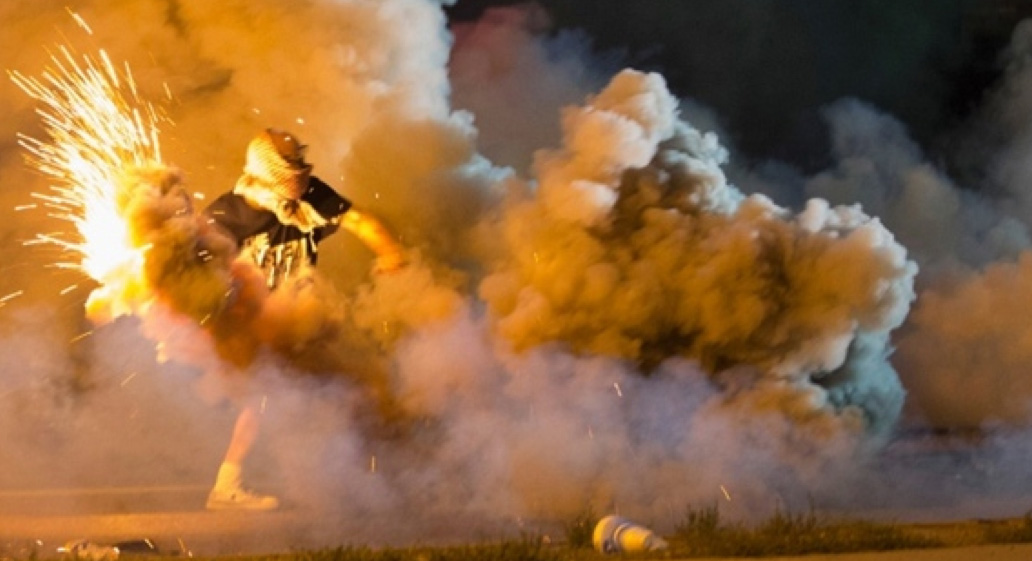How it works: A company called Property Claim Services (PCS) has tracked insurance claims related to civil disorder since 1950. It classifies anything over $25 million in insured losses as a "catastrophe," and reports that the unrest this year (from May 26 to June 8) will cost the insurance industry far more than any prior one.
That number could be as much as $2 billion and possibly more, according to the Insurance Information Institute (or Triple-I), which compiles information from PCS as well as other firms that report such statistics.
The protests related to George Floyd's death are also different because they are so widespread. "It's not just happening in one city or state — it's all over the country," Loretta L. Worters of the Triple-I tells Axios.
"And this is still happening, so the losses could be significantly more."
Yes, but: These losses are small compared with those stemming from natural disasters like hurricanes and the wildfires that are consuming the U.S. West.
Hurricane Isaias will cost $3 billion-$5 billion in insurance losses, per Risk Management Solutions (RMS).
The wildfire season has just begun this year, but already insured losses are at $1.5 billion, Triple-I tells Axios. That compares with $18 billion for all of 2018 and $15 billion for all of 2017 (the 2019 numbers aren't available yet).
"In California alone, wildfires have already burned 2.2 million acres in 2020 — more than any year on record. And the 2020 wildfire season still has a way to go," says Worters of Triple-I.
Between the lines: PCS, a unit of Verisk Analytics, won't reveal an exact dollar figure from this year's violence because it wants to sell that data to clients. But it says the insured losses far outstrip the prior record of $775 million from the 1992 Rodney King demonstrations.
All previous catastrophes — as classified by the insurance industry — happened in a particular city. This was the first that happened not just in multiple cities, but in 20 states.
"Not only is this the first, this is the first — kind of with a cymbal crash," Tom Johansmeyer, head of PCS, tells Axios.
The backstory: The last time PCS compiled insurance losses for a "civil disorder event" was in April 2015, when rioting erupted in Baltimore in the wake of the death of Freddie Gray from a neck injury while being transported in a police van.
"Those riots did not result in insured losses reaching $25 million when it occurred, PCS’s threshold for a catastrophe," according to an article on the Insurance Information Institute's website that catalogs insured losses of this magnitude. (It shows that most of the biggest episodes happened in the 1960s).
"For the first time, PCS has designated this civil disorder and those that followed across the United States from May 26 to June 8 as a multi-state catastrophe event."
Also on the top 10 list: The 1965 Watts riots in Los Angeles; the 1967 Detroit riot that inspired the Gordon Lightfoot song "Black Day in July"; and the great New York City blackout of 1977.
Of note: While U.S. companies have learned the hard way that their insurance doesn't cover business interruption related to the coronavirus, most policies emphatically do cover riot-related losses.
What to watch: The insurance industry is rolling up its sleeves in anticipation of potential unrest following the November election.
"There could be riots that lead to significant losses that would meet our reporting thresholds," Johansmeyer said.













